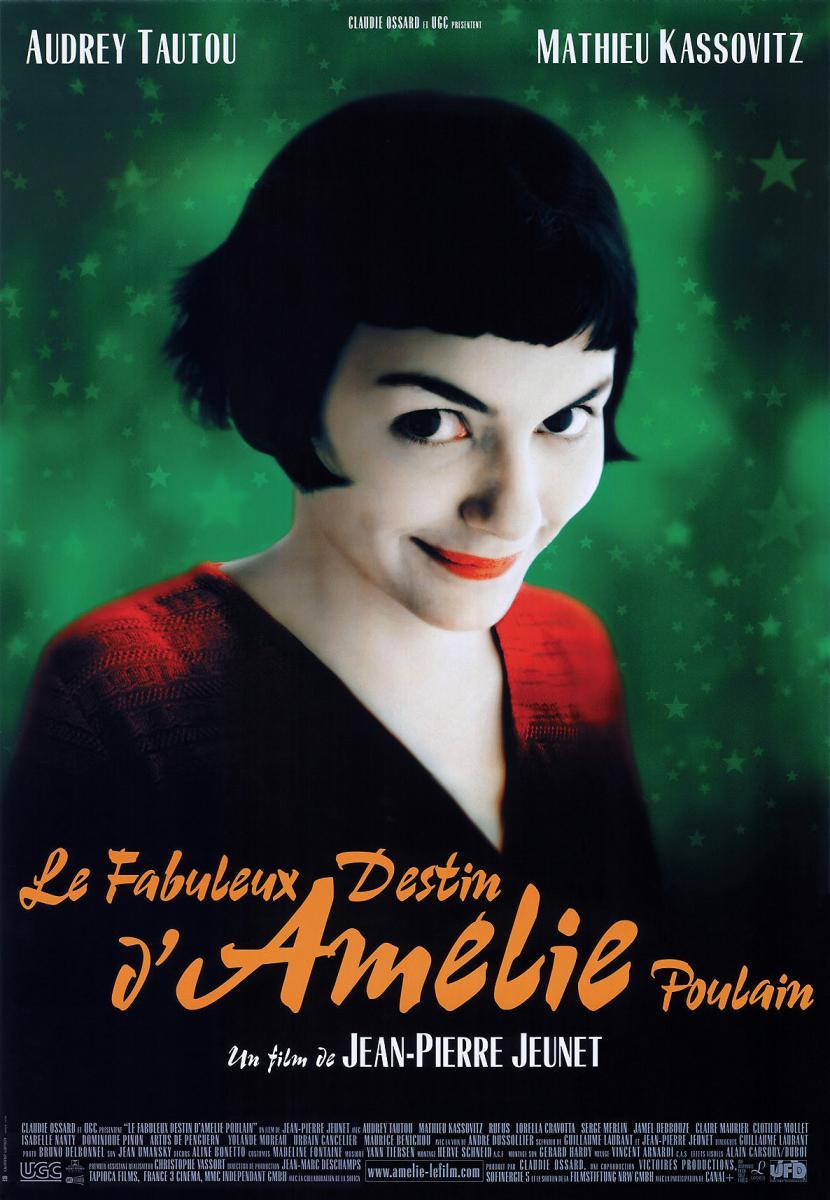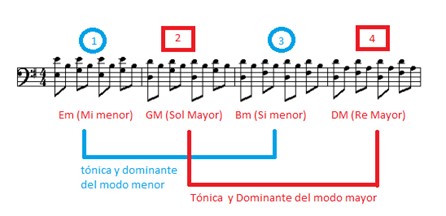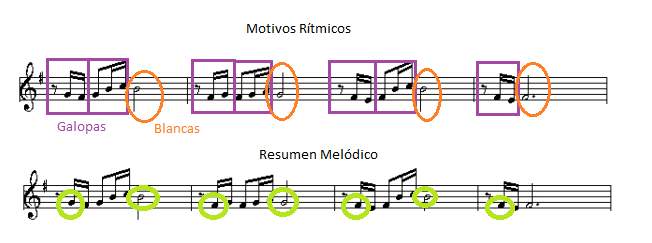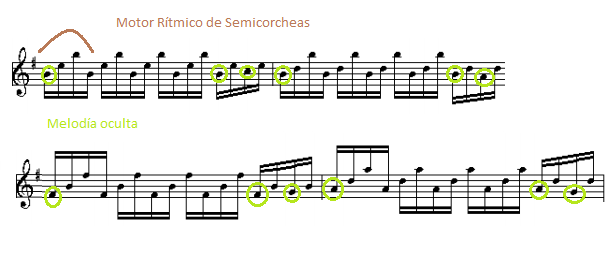El minimalismo musical es una estética que tuvo su origen en el s. XX y su búsqueda radicó en la reducción de los elementos musicales presentes para lograr claridad y sencillez, haciendo frente a las muchas otras corrientes antagónicas que estaban ocurriendo en paralelo. En un principio fue tratada como música sistemática, repetitiva, meditativa o progresiva; pero fue Michael Nyman quién dio con el término “minimalista” al asociar este trabajo musical con otros parecidos en el campo de las artes visuales.
Minimal music is a compositional practice and style which has born in the 20th Century; Its aesthetical search lies on musical complexity reduction in order to achieve simplicity and clarity, facing many other antagonic trends that were happening in parallel. Initially, it was treated as systematic music, repetitive, meditative or progressive; but it was Michael Nyman who found the term “minimalism” linking this musical work with some related ones from the visual arts.
Yann Tiersen, nacido en Francia en el año 1970, es un compositor y multi instrumentista que ha representado el minimalismo en su país de origen. Su música, además de ser presentada en conciertos y promocionada a través de sus álbumes, ha sido empleada como banda sonora en producciones de varias películas como Alice et Martin (1998), La Vie rêvée des anges (1998), Le Fabulex Destin D´Amélie Poulain (2001), ¡Good Bye, Lenin! (2003), Tabarly (2008) o CICLO, érase una vez un viaje (2013).
Yann Tiersen, born in France on 1970, is a composer and multi-instrumentalist who has represented minimalism in his home country. Besides of being played in concerts and promoted through his albums, his music has been used as OST in many films as Alice et Martin (1998), La Vie rêvée des anges (1998), Le Fabulex Destin D´Amélie Poulain (2001), ¡Good Bye, Lenin! (2003), Tabarly (2008) or CICLO (2013).

Fig.1: Yann Tiersen.
Amélie, uno de los títulos más reconocidos de esta lista, describe a través de un narrador omnisciente la historia de la camarera Amélie Poulain, quien luego de enterarse del fallecimiento de su madre descubre una caja con fotografías, juguetes y otros objetos que había sido escondida años atrás. Decide buscar al anterior dueño de la caja y al encontrar satisfacción en este acto de solidaridad, inicia una búsqueda de dar felicidad a su entorno y valor a los pequeños detalles en la vida.
Amélie, one of the most recognized titles on this list, describes through an omniscient narrator the story of the waitress Amélie Poulain, who after learning of her mother's death discovers a box with photographs, toys and other objects that had been hidden years ago. She decides to look for the previous owner of the box and when she finds satisfaction in this act of solidarity, he begins a search to give happiness to her surroundings and value to the small details in life.

Fig.2: Anuncio publicitario de "Le Fabuleux Destin d'Amélie Poulain" | Poster from "Le Fabuleux Destin d'Amélie Poulain".
En el amplio compendio de obras de Yann Tiersen, ha sido destacada Comptine d'un autre été, pieza para piano usada en la película Amélie. Aproximarnos a entender esta obra nos ayudará a determinar la asociación de sus recursos musicales con los discursivos propios de la trama, así como algunas características propias de la estética de este creador.
In the extensive compendium of works by Yann Tiersen, Comptine d'un autre eté, a piano piece used in the film Amélie, has been highlighted. Getting closer to understanding this piece will help us to determine the association of its musical resources with the discursive characteristics of the plot, as well as some characteristics of the aesthetic of this creator.
Al acercarnos a la partitura observamos que hay dos recursos principales: la secuencia armónica en el bajo, que se repetirá sin modificaciones, y una melodía que irá experimentando variaciones a lo largo de las repeticiones de esta secuencia. Esta asociación nos permite conectar estos recursos musicales a dos elementos del filme: el bajo simbolizará al narrador omnisciente, personaje que establecerá las bases emocionales y argumentales sobre las que se desarrolla la trama; y la melodía, con sus distintas transformaciones, significará las etapas por las que el personaje principal (Amélie) irá evolucionando a lo largo del desarrollo de la trama.
As we approach the score, we will observe that there are two main resources: the harmonic sequence in the bass, which will be repeated without modifications, and a melody that will experience variations throughout the repetitions of this sequence. This association allows us to link these musical resources to two features of the film: the bass will symbolize the omniscient narrator, a character who will establish the emotional and plot bases on which the plot unfolds; and the melody, with its many transformations, will signify the stages through which the main character (Amélie) will evolve throughout the development of the plot
El bajo, por su parte, presentará una secuencia de cuatro acordes: Mi menor, Sol Mayor, Si menor y Re Mayor. Esta secuencia, que puede llamarse como obstinato por su constante repetición, alberga acordes de tónicas y dominantes del modo menor y su homónimo mayor, intercalándolos como se muestra en la imagen a continuación. Esta propuesta de acercamiento armónico puede tener una conexión con el discurso de la película, mostrando una integración de las posibles “emociones” que una tonalidad con su homónimo pueden expresar. El hecho de establecer toda la pieza dentro de un solo contexto tonal, y no modular, también podría interpretarse como la asociación de todas estas “emociones” al mundo interno de un solo personaje, en este caso Amélie.
The bass, meanwhile, will present a sequence of four chords: E minor, G Major, B minor and D Major. This sequence, which can be called obstinate due to its constant repetition, houses minor and dominant chords of tonic and its major homonym, interspersing them as shown in the image below. This harmonic approach proposal may have a connection with the film's discourse, showing an integration of the possible “emotions” that a tonality with its namesake can express. The fact of establishing the entire piece within a single tonal context, and not modular, could also be interpreted as the association of all these "emotions" to the internal world of a single character, in this case Amélie.

Fig.3: Patrón armónico del bajo | Bass harmonic pattern.
El tema, por otra parte, se presentará en cuatro versiones, todas diseñadas sobre el contexto armónico que el bajo delimita. La primera de ellas está compuesta por dos motivos rítmicos: uno que genera movimiento (corchea y dos semicorcheas) y otro que genera reposo (blanca). El diseño melódico de estos motivos puede resumir en intervalos ascendentes. Este recurso rítmico e interválico pueden ser asociados a la actitud inicial de la protagonista ante la tragedia y su decisión de tomar medidas en pro del bienestar de su entorno.
The theme, on the other hand, will be presented in four versions, all designed on the harmonic context that the bass defines. The first of them is made up of two rhythmic motifs, one that generates movement (quaver and semiquavers pairs) and the other that generates rest (minims). The melodic design of these motifs can be summarized in ascending intervals. This rhythmic and interval resource can be associated with the protagonist's initial attitude towards the tragedy and her decision to take measures for the well-being of her surroundings.

Fig.4: Primera presentación del tema | Main theme first statement.
Su segunda presentación ya no presentará estos motivos rítmicos ni ornamentos melódicos, se resumirá a un patrón rítmico de saltillo de negra (que bien puede asociarse al inicio de la exploración de sentimientos internos, por la posible filiación del saltillo con los latidos del corazón) con intervalos melódicos descendentes (que en este caso pueden orientar al hecho de “comenzar a verse a sí mismo”).
His second presentation will no longer present these rhythmic motifs or melodic ornaments, it will be summarized as a rhythmic pattern of saltillo de negra (which may well be associated at the beginning of the exploration of internal feelings, due to the possible affiliation of the saltillo with the heartbeat) with descending melodic intervals (which in this case can guide the fact of "beginning to see yourself").

Fig.5: Segunda presentación del tema | Main theme second restatement.
Posteriormente, el tema se presenta con el mismo patrón rítmico, pero ahora usando las notas que completan el acorde sobre el que se construyó cada uno de los patrones. Bien podríamos asociar esto a la aparición de otros personajes en la trama y su conexión emocional con Amélie (¿cuáles personajes crees tú?)
Subsequently, the theme is presented with the same rhythmic pattern, but now using the notes that complete the chord on which each of the patterns was built. We could well associate this with the appearance of other characters in the plot and their emotional connection to Amélie (which characters do you think?)

Fig.6: Tercera presentación del tema | Main theme third restatement.
Finalmente, el tema toma esta de idea de “completar” los acordes para construir a través de sus arpegios resultantes y semicorcheas una melodía con más movimiento que deja entre los tejidos de su red una melodía oculta con intervalos asociados a las versiones anteriores. Podemos conectar esto a la expresión máxima del sentir de Amélie y la emancipación de sus temores. Igualmente, la transformación progresiva de una melodía sencilla a este recurso se puede traducir como la transformación de la soledad propia de la protagonista a un mundo lleno de vivencias y discernimiento.
Finally, the theme takes this idea of "completing" the chords to build through their resulting arpeggios and sixteenth notes a melody with more movement that leaves a hidden melody between the tissues of its network with intervals associated with the previous versions. We can connect this to the maximum expression of Amélie's feeling and the emancipation of her fears. Likewise, the progressive transformation from a simple melody to this resource can be translated as the transformation of the protagonist's own loneliness into a world full of experiences and discernment.

Fig.6: Última presentación del tema | Main theme last restatement.
¿Una vez te hemos enseñado nuestra propuesta para darle un sentido a esta música: ¿habías pensando en estos puntos? ¿qué otra visión le darías?
¡Déjanos tus comentarios!
Once we have taught you our proposal to make sense of this music: had you thought about these points? What other vision would you give him?
Leave us your comments!
Referencias | References
http://nosgustalosimple.blogspot.com/2009/11/minimalism.html
https://www.culturagenial.com/es/pelicula-amelie-de-jean-pierre-jeunet/

Congratulations @archivero! You have completed the following achievement on the Hive blockchain and have been rewarded with new badge(s) :
You can view your badges on your board And compare to others on the Ranking
If you no longer want to receive notifications, reply to this comment with the word
STOPTo support your work, I also upvoted your post!
Do not miss the last post from @hivebuzz:
Support the HiveBuzz project. Vote for our proposal!